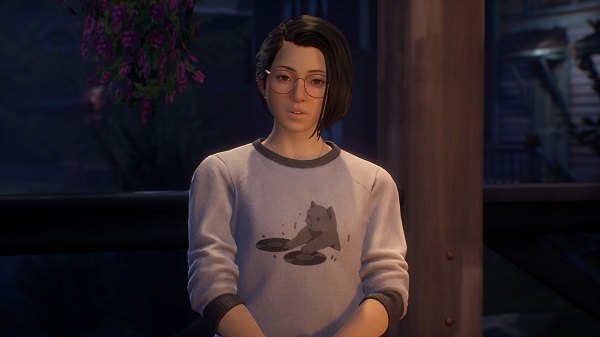Life Is Strange: True Colors is the newest and most daring entry in developer Deck Nine’s acclaimed franchise. Instead of scattered, episodic releases, you receive all five riveting chapters in a single, up-front package this time. In an exciting, narrative-driven adventure, the game solves themes of family, friendship, pain, and redemption, asking you to make frequent choices that affect the story and characters inside it.
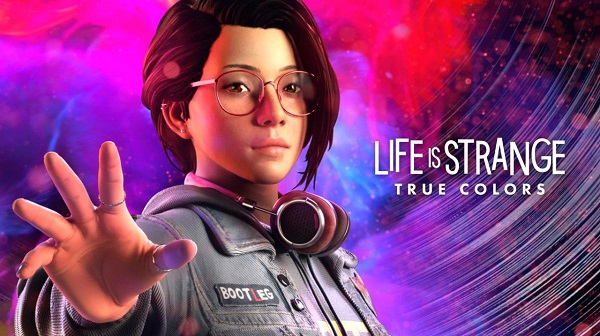
The protagonist of the game is an empath who can see and feel the emotions of individuals around her via colored auras. The game takes her extraordinary gift – or curse, as she refers to it – to its logical conclusion. You’ll have to figure out how to deal with the issues that inevitably occur from absorbing and influencing these emotions, which can have disastrous consequences.
This isn’t only a gripping tale filled with critical crossroads and interesting characters, as you’ll discover in this Life Is Strange: True Colors review. It’s also a significant step forward in terms of production values for the Life Is Strange series, bringing the franchise up to the big-budget levels it has always deserved.
Story
The protagonist of Life Is Strange: True Colors is Alex Chen. She reconnects with her brother Gabe for the first time in almost a decade after spending her turbulent teen years in foster care. Gabe has established a solid life for himself as a functional adult in the quaint mining town of Haven Springs, Colorado, despite their shared horrific childhoods that left both siblings broken. He asked Alex to live with him in his flat above the bar where he works, as the story begins.
Haven Springs is a pastoral hamlet with rustic buildings and laid-back residents with the snow-capped Rocky Mountains surrounding. It’s the kind of place that, as an introvert with a metropolitan punk feel, Alex finds strange at first. However, when Gabe introduces her to the friendly locals, she becomes captivated by the prospect of a new beginning in a place that feels worlds away from her previous life.

Alex’s ability of tremendous empathy, which allows her to see and feel other people’s emotions, unfortunately always gets in the way. She immediately becomes overwhelmed by the day-to-day concerns of her new associates since she is unable to manage the extent to which these emotions affect her. And, while she tries to make sense of it all, she’s hit by a horrific death and is forced to deal with survivor’s guilt.
Alex’s journey back to normal life isn’t easy, but her narrative isn’t all doom and gloom. That’s thanks in large part to a cast of endearing characters who rapidly become a part of her life.
Alex is surrounded by kind locals, but Gabe’s best buddy, Ryan, and the local radio DJ, Steph, are the backbone of her developing social network. They’re also two possible love interests.
Even while Alex’s new friends make her laugh and appreciate her new life, she still needs to manage her own life, plan community events, and uncover a mystery that could lead to shocking revelations about Haven Springs’ history. This perplexing journey to the true causes Alex to confront difficult ethical choices, prompting us to evaluate our own moral frameworks and consider what type of person we want Alex to be.
Gameplay
Life Is Strange: True Colors is a game that alternates between discussion and exploration. You’ll occasionally go through dialogue-heavy story sections that need you to make decisions that affect the plot’s progression. You’ll also go through third-person sequences when you can walk around a location, talk to people, and investigate items for exposition. If you’re looking for action, you’ll be disappointed, but the game creates its own brand of thrills.
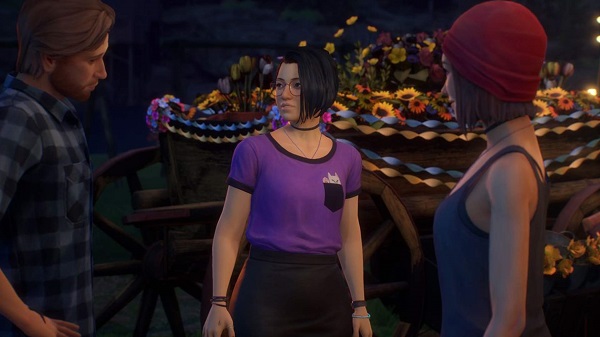
The relentless barrage of other people’s emotions can make Alex resentful of her own strength. She does, however, recognize that her empathy may be a great asset. Several key points in the game need you to absorb another character’s feelings and then imagine their thoughts. This allows you to learn a lot about their past and present. Following that, you’ll almost always be given a new set of discussion topics or tasks to explore.
You may have to choose whether to strengthen or end a friendship, whether to court Ryan or Steph, or whether to accept someone else’s unpleasant emotions at the expense of your own mental health. However, other extra missions can have a minor impact on the story and characters. Giving a pep talk to an insecure jogger, supporting a man in finding his missing dog, or just determining whether or not to clean up your dirty apartment are all examples.

Most chapters allow you to go on an adventure with Alex to see everything Haven Springs has to offer – and there is a lot to see. You can explore the local record store, chat with people at the bar, relax on the lakeside dock, or play retro-style mini-games on the arcade machines strewn about. If you really want to take it all in, go through the hundreds of interactive objects, which include everything from trivial items (concert flyers, sentimental knickknacks, wall paintings) to important sites of interest and revelatory documents that reveal more about the town’s history and residents.
You can even gather treasures in the form of aura-based things while you’re doing it. Each thing holds the memory of someone who was once associated with it. A few items are well-hidden and can be hard to discover, which is still another reason to explore open areas thoroughly. Missing a couple of trinkets during your initial playing isn’t a big problem, though, thanks to a post-game chapter selection.
Visuals and Sound
For quite some time, the Life Is Strange series has been in desperate need of a makeover. As a result, it’s fantastic to see True Colors make significant improvements while maintaining the franchise’s trademark aesthetic direction. True Colors features a prettier and more realistic variation of the series’ distinctive watercolor-meets-clay design, despite some low-res textures on clothing and surfaces that appear like they belong four generations back. This allows Life Is Strange’s world and characters to reach their greatest potential.
This time around, motion capture and facial capture, in particular, are substantially better. Character movement is much less stiff as a result of this, and facial animations emphasize the actors’ particular mannerisms. It’s difficult not to become engrossed in True Colors when you combine this with dramatic advances in the writing and believable performances from an extraordinarily talented cast.
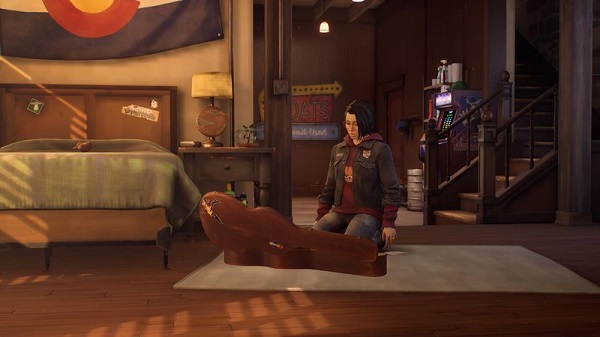
Meanwhile, Haven Springs is very stunning, with something interesting to see around every corner. This small slice of Colorado heaven is as beautiful to look at as it is to explore, whether you’re appreciating the lush vegetation right beneath a snow-capped mountain, pensively staring out over a crystal-clear lake, or simply making your way through a town square decked with flowers.
True Colors is also brimming with excellent music. Nothing here compares to the dreamy “Something Good” from the first game or the bouncy anthem “Lisztomania” from Life Is Strange 2. True Colors, on the other hand, sounds impressive, thanks to Angus & Julia Stone’s passionate original score.
The Stone duo’s upbeat indie songs and folksy acoustic tunes fit in perfectly with the Life Is Strange universe. There are also some amazing covers and some outstanding tracks from artists like Phoebe Bridgers and Novo Amor. The way each song plays at the exact right moment in the plot is what stands out the most. It serves as a reminder that music is equally as important as graphics and dialogue in presenting a story – if not more so.
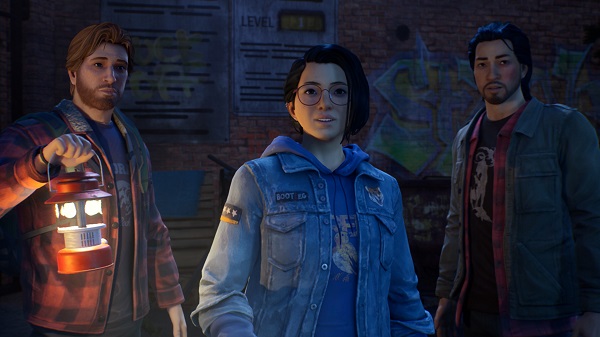
Verdict
True Colors tells a gripping story of tragedy, moral ambiguity, and personal growth, giving you a plethora of options as you shape the game’s twisting path to one of its many endings. True Colors, more than anything else, is exactly what the franchise needs: a more unified journey with significant visual, animation, and voice work enhancements. Finally, Life Is Strange seems like a big-budget film from beginning to end.
